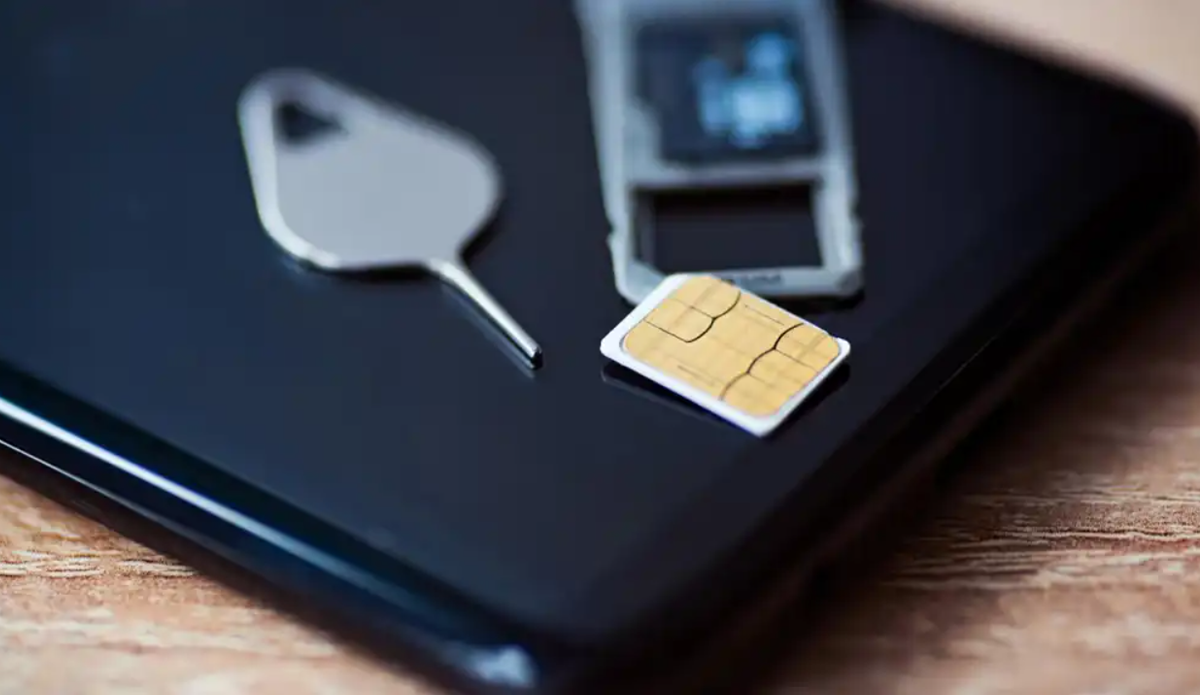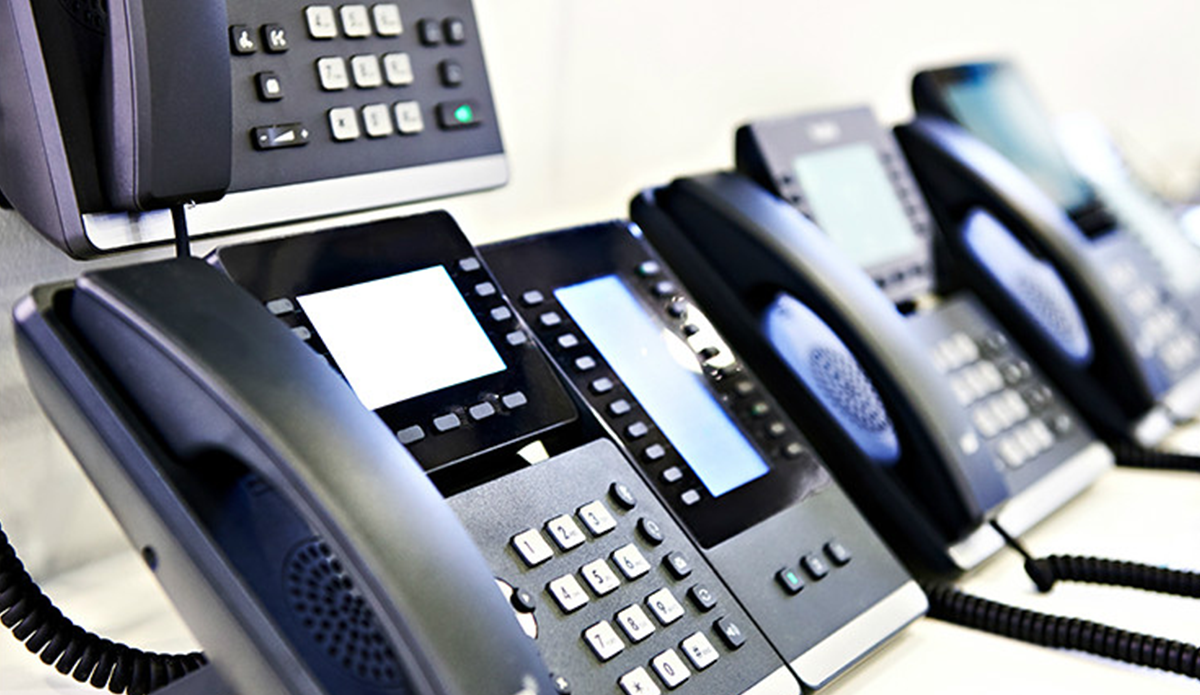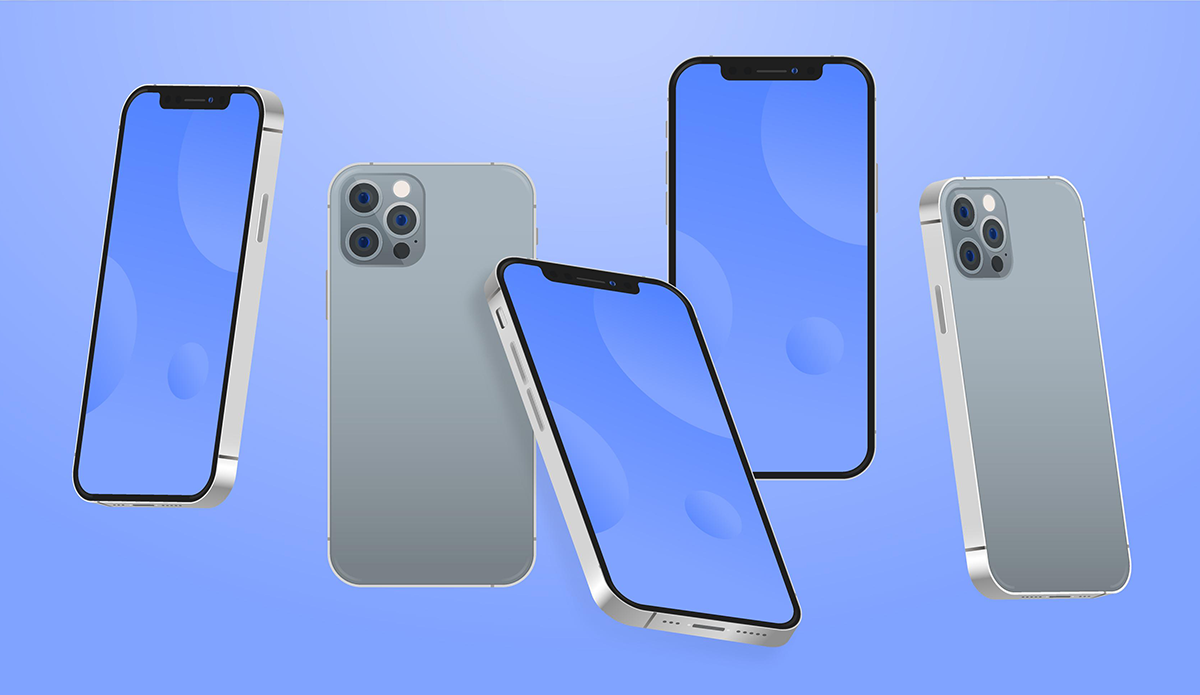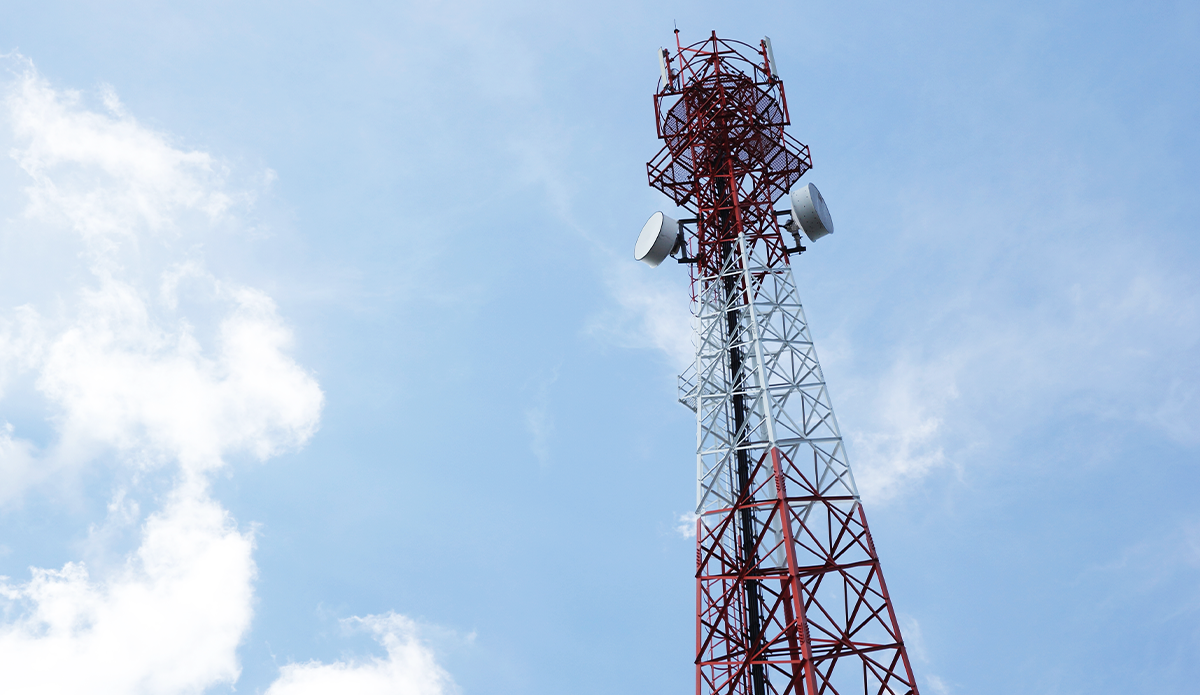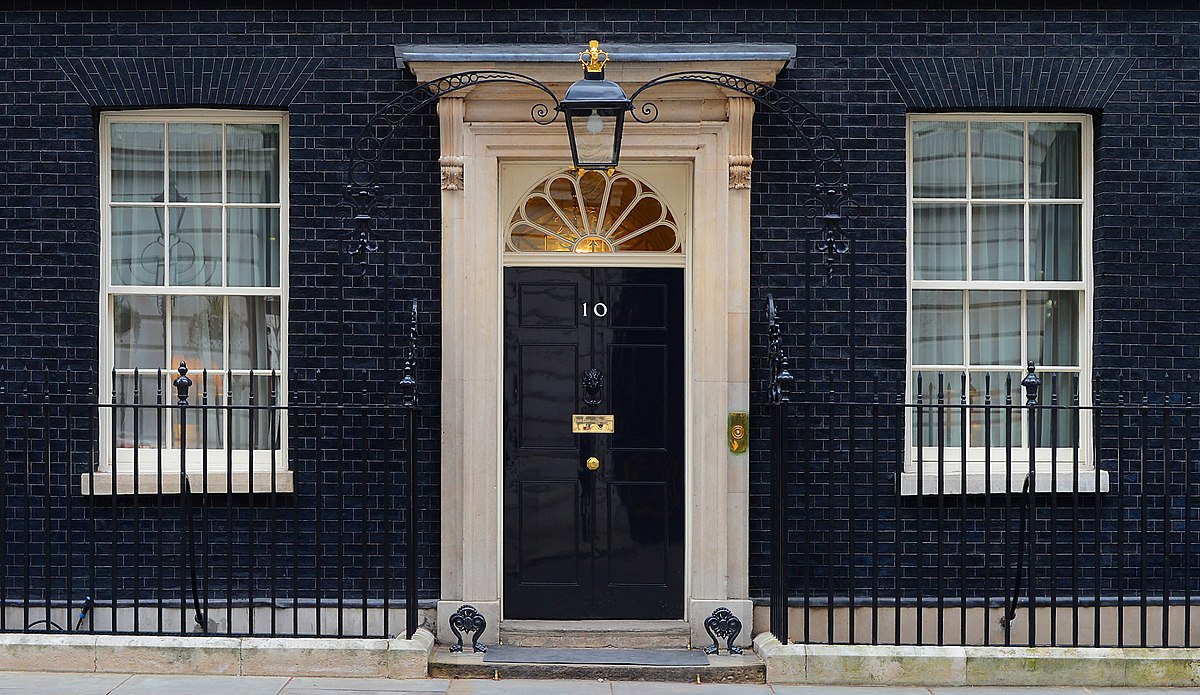Is a SIM plan right for you?
Unlike smartphone contracts that come with a brand-new handset, a SIM card-only plan refers solely to your mobile usage.
If you’re happy with your current mobile handset, and also looking to cut your monthly expenses, a SIM card could be exactly what you need.
Our experts have covered the main benefits below to help you decide.
1. Money Saving
Compared to smartphone contracts, SIM-only plans can be ridiculously cheap. Especially when you consider the eye-watering monthly cost for the newest smartphone on the market, which could be up to a shocking £90.
For example, one of the specialist suppliers we work with, Neatley, offer a completely unlimited SIM deal for just £24.95 per month.
Compare this to the average contract bill of £50+, you’re guaranteed to save money. Switch today and you’ll soon see the savings add up.
2. Good Credit Building – Even if you Don’t Have it
When you apply for a mobile contract, your credit rating is checked.
Having a poor credit rating means you’re likely to struggle in finding a mobile network to accept you. This is because a mobile contract works similarly to a credit agreement, with monthly payments planned to cover the cost of the handset itself.
SIM card plans are a much lower risk to the network, so the requirements for signing up are a lot laxer.
Say you have bad credit at the moment, then getting a SIM plan will actually help you improve your score – especially if you choose a 12-month or more deal.
Paying your SIM plan price every month helps to strengthen your rating, as you’re proving to the network that you’re a financially responsible customer.
By the end of your SIM plan, you should have built up a fairly respectable credit score for yourself – AND saved money for your next handset!
3. Business Benefits
Business owners – you could benefit from a SIM card too.
It’s a cheap way to keep your professional and personal life separate, such as using a second mobile number for clients to call. SIM plans are also incredibly flexible and can grow with your business as and when it needs to.
We’ve compared mobile networks offering specialist plans to small business owners.
4. Flexibility
Aside from the low price, the biggest benefit of SIM plans is undoubtedly the flexibility they give you.
Rather than being tied down to an expensive contract for 2 years or more, SIM plans can be tailored. No one can predict where life will take them in that time, so a SIM plan could offer you peace of mind.
You also get the freedom of choosing which mobile network to go with, despite which network you originally took your phone out with.
There’s also the complete control over your usage. Regardless of what’s most important to you (be it data, texts, 5G access etc), we’ll find you a fair-priced plan that meets all your needs.
Besides, unlimited mobile data is a lot cheaper nowadays!
Find a new SIM-only deal
Happy with your device but not the usage allowance?
Nearing the end of your contract and looking to cut costs?
These are perfect examples of situations in which it would be wise to get a SIM.
We’ve already compared mobile providers for you. Get started with a few clicks and find your new deal today.
Could you save on your broadband bills next?
Search the latest broadband offers.
